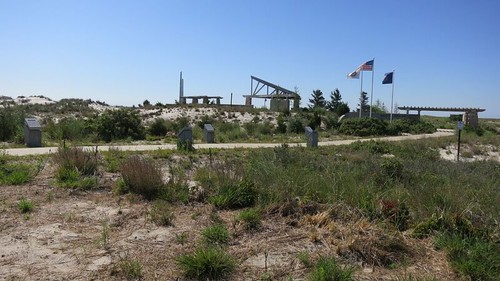
As we approach the 15th anniversary of September 11th, 2001 or 9/11, our thoughts return to that day and many of us will revisit public spaces designed to promote healing and emotional recovery from the worst terrorist attack in our nation’s history. The memories of the victims are cemented in our minds and hearts. They were employees, friends, family members, and American and world citizens that touched us all through their stories that we’ve seen in memorials, through media, and personal experience.
The healing power of nature is recognized around the world, including by those who create living memorials. Living memorials can be plantings in a special location, development of beautiful gardens, or enhancements to existing landscapes like a beachfront.
Following 9/11, the Forest Service documented hundreds of community-based living memorials. We recently revisited 35 of them in the New York City metropolitan area. Revisiting sites that sprang up immediately after 9/11 was an opportunity to chart the role of landscapes of resilience in community recovery from disaster. We were particularly struck by those that played a role in ecological as well as emotional recovery.
Many of the memorials retain their focus on 9/11. A few had even broadened their purpose to include healing from disasters that have happened since 9/11, including other international tragedy. For example, the Sterling Forest Arrow Lake Memorial in Tuxedo, NY grew from earlier efforts in the 1990s, when health professionals began prescribing experiences in Sterling Forest to support patients’ recovery from emotional and physical trauma. Following 9/11, the forest hosted families from the Fire Department of New York whose loved ones died at the World Trade Center. In a subsequent commemorative tree planting event, the families were joined by children from Sierra Leone who had survived violence in their own country.
9/11 remains a poignant memory in the American psyche. Living memorials like the Arrow Lake memorial will continue to play an important role in our recovery.

